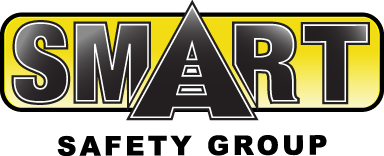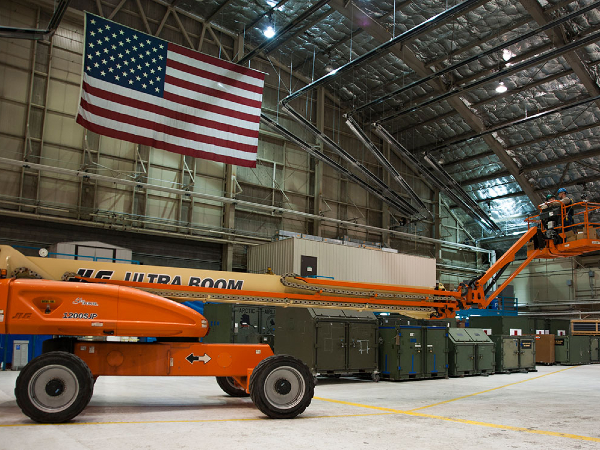Updated ANSI Aerial Work Platform (MEWPs) Standard
The American National Standards Institute (ANSI) is responsible for the development of standards for products, services, processes, systems and personnel in the U.S. and has worked hard to create the most effective, safe standards for operations. In 2018, ANSI released an update to the aerial work platform standard, ANSI A92.22, that will go into effect June 1, 2020. Going forward, aerial lifts will now be referred to as Mobile Elevated Work Platforms (MEWPs). The changes to the standard will have an affect on MEWPs training and new equipment that will allow a more global standard for the aerial lift industry.
Understanding and Classifying MEWPs
MEWPs will be categorized into two groups, A or B:
Group A MEWPs: MEWPs that do not allow the center of the platform to extend beyond the edge of the chassis, like a scissor lift. The working platform stays within the tipping lines of the machine.
Group B MEWPs – MEWPs that allow the center of the platform to be extended beyond the chassis, like a boom lift.
According to ANSI, there are three different types of MEWPs within each of these groups:
1. MEWPs that must be moved manually and only travel in the stowed position. An example of a type 1 MEWP is a vertical tower.
2. MEWPs that can be driven while in the air and are controlled by the chassis, or ground control. An example of a type 2 MEWP is a mobile stock picker.
3. MEWPs that can be driven while in the air and also have controls on the work platform. An example of a type 3 MEWP is an articulating boom lift.
New Equipment Changes
EP railings are now required to be 43.5 inchese a chain to close entrances to the work platform and must have gates that include toe guards. Going forward, manufactured equipment that is used for outdoor work must have wind speed sensors that assist with reducing workloads in high winds. The height for MEWP railings are now required to be 43.5 inches, which has changed from the previous 39 inches. Additionally, MEWPs that are used on rough terrain must also have solid or foam-filled tires to allow better stability while on the job.
New equipment must also be equipped with two sensors that will help the operator maintain safe work. The first sensor is an alarm that will sound when the load exceeds safety limits. The other alarm is triggered when the slope level is too steep and prevents movement of the chassis or the work platform. Both sensors assist the operator in maintaining safety on job sites for themselves and others nearby.
Required Safe Work Plan
Businesses operating MEWPs are now required to have a written safe use plan that includes a detailed plan for protecting operators and others on site. The plan should include:
- A site risk assessment
- Monitoring use by trained supervisor to ensure compliance
- Steps for preventing unauthorized MEWP use
- An easy to understand rescue plan
The rescue plan must be site specific to ensure that the plan is appropriate with available equipment and site plans. This plan should clearly detail how to get the worker down if the lift stops working while they are elevated. This plan should include self-rescue, assisted rescue or emergency services rescue details. Every site is required to have someone who can operate the equipment from the ground in the event that the crew is unable to lower themselves. Anyone else working on a MEWP with the operator is required to receive basic training on platform work.
Training
Supervisors who are responsible for MEWP workers are required to be trained in:
- Knowing how to select the appropriate MEWP for the job
- Understanding safe operations, rules and standards for equipment use
- Ensuring the operating manual is safely stored on the MEWP
- Knowing potential hazards with the equipment and understanding how to prevent them from happening
Maintenance workers are also required to receive training on how to repair and maintain MEWPs to factory and ANSI standards.
Are you feeling stressed about the change? No worries! SMART Safety can help! SMART Safety offers MEWPs training courses for our customers as part of their comprehensive Safety Program. To learn more about how SMART can help ensure your company is complying with all OSHA and ANSI standards, give us a call at (844) 820-8098 or request a quote from the contact button at the top of this page.
Don’t forget to subscribe to the SMART Safety blog for regular industry news and updates!
More than just safety consultants, SMART Safety is an integrated safety services system.
#MEWPS #WorkplaceSafety #AerialLift #ANSI #OSHA #MobileElevatedWorkPlatform








